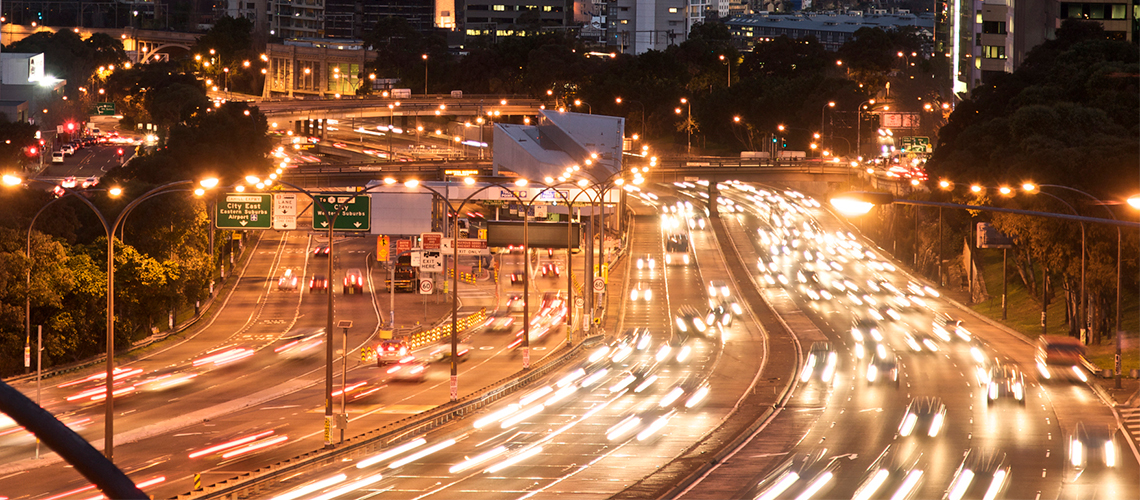

This website uses cookies to improve the user experience. We use cookies in accordance with our NRMA Group Cookie Policy.
This website uses cookies to improve the user experience. We use cookies in accordance with our NRMA Group Cookie Policy.

Given the recent high court decision rejecting Victoria's electric vehicle tax and the concerns raised about whether states can impose charges on drivers for road use, the NRMA is closely monitoring how both the federal and state governments will respond to this issue.
While NSW had previously planned to introduce road-user charges for electric vehicle owners by mid-2027 for road maintenance funding, the recent legal development has created uncertainty about the feasibility and legal basis for such charges at the state level.
NRMA advocates for the reform of current motoring fees and charges for all light passenger vehicles to ensure equity, affordability for motorists, and a sustainable approach to maintaining our road network.
While ULEVs pay very little or zero fuel excise, they contribute significantly to government revenue through GST, luxury car tax, stamp duty and registration; given higher initial purchase prices, ULEVs often contribute more to government revenue than equivalent petrol or diesel vehicles.
The luxury car tax (LCT) in Australia applies a tax of 33 cents on every dollar paid over a certain amount on new-car purchases. For fuel-efficient vehicles, this threshold – for the 2022–2023 financial year – is set at $84,916 (versus $71,849 for ‘other vehicles’).
The Australian Taxation Office defines a fuel-efficient vehicle as having a “fuel consumption that does not exceed seven litres per 100 kilometres as a combined rating under the vehicle standards in force under section 7 of the Motor Vehicle Standards Act 1989”.
This definition is ripe for review as it casts the same net over electric, plug-in hybrid and hybrid vehicles as it does fuel-efficient, yet still conventional internal combustion engine, models.